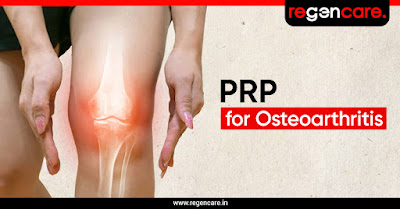Be it professional athletes or weekend players, when you are into sports, injuries are not always escapable; rather they become a part of your regime. Traditionally, a hurt athlete would be left only with the choice of sitting out to be able to heal from an injury or a surgery. Thankfully, today there are many options that a sportsperson has and PRP is considered to be one of the best.
PRP or platelet-rich plasma is a kind of regenerative medicine. Plasma is an essential component that contains proteins that support the growth of cells. PRP is made by isolating the plasma from the blood and then concentrating it.
In the most minimally invasive manner, it can be very effective for the most common sports injuries. Orthopedic surgeons use PRP injections. They first draw a small amount of the patient’s blood and isolate the healing platelets. The concentrated plasma is then infused through an injection into the affected area. The surgeon uses ultrasound to visualize the targeted area so that the injection reaches the right end.
Let us take a look at the benefits of PRP for sports injuries
- Has a vast scope and usage
PRP therapy is one of the most cutting-edge pain management techniques for sports and sports-related injuries that may affect joints, ligaments, tendons or other tissues.
- Relief for Knee Osteoarthritis
PRP therapy can be instrumental in restoring hyaluronic acid concentration in the knees of patients suffering from Osteoarthritis.
- Helps in managing inflammation
An advanced technique, PRP therapy offers quick, safe and successful healing that helps in reduction of the pain as well as swelling.
- Minimal Invasion
The benefits of PRP treatments are many, the major one being that it requires minimal invasion. The blood is collected and the plasma is injected thus averting surgery.
For the past three years, Regencare has been the first choice when it comes to the best regenerative medicine center in the whole of South India. Treating patients in our state-of-the-art center we ensure our patients, especially sportspersons get the best treatment.
Mail Us: info@orthogencare.in
Book an Appointment: regencare.in/book-an-appointment


















